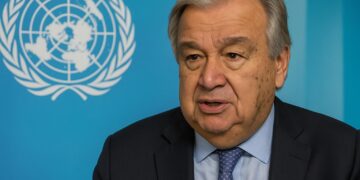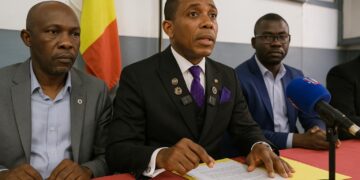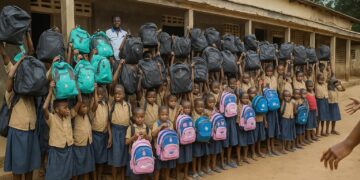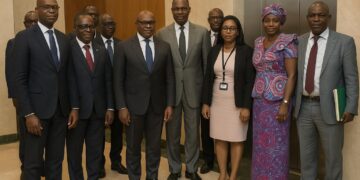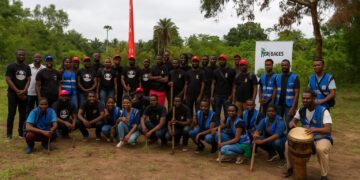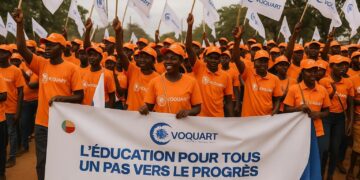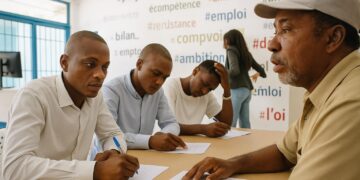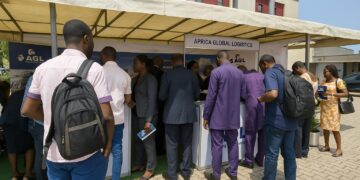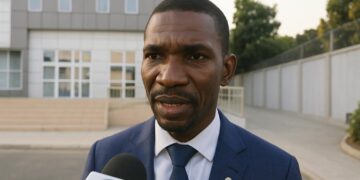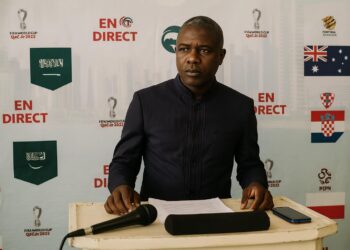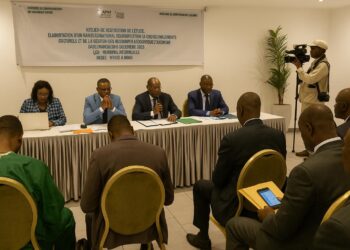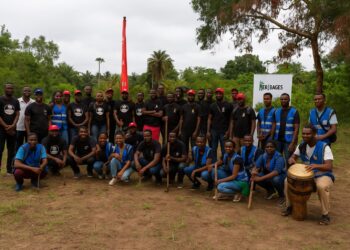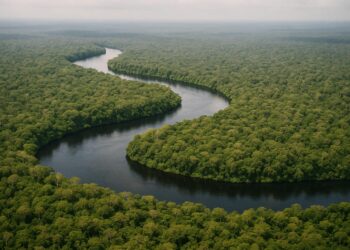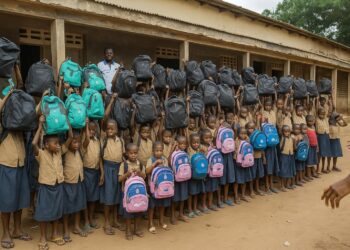Local wisdom answers climate stress
Under the tall mangroves of Brazzaville, climatologists, agronomists and community elders convened on 18 September to dissect a single question: how can ancestral farming knowledge help the Republic of Congo’s producers ride out harsher seasons? The workshop, led by the World Food Programme and the Environment Ministry, offered answers.
Commissioned to the African Centre for Studies and Research on Development, the diagnostic surveyed Likouala, Sangha and Bouenza, tracking rainfall shocks, yield swings and household assets across soybean, cassava, groundnut, maize and plantain plots. The data set forms the country’s first granular map of climate exposure in agriculture.
Beyond statistics, facilitators encouraged farmers, chiefs and extension agents to narrate how they time sowing with moon cycles, store cuttings against floods or intercrop to shade fragile soils. Such narratives, long relayed orally, are now written into policy drafts as locally owned adaptation levers.
Departmental contrasts guide targeting
The study ranks Likouala as the most hydrologically unstable zone, with erratic river rises disrupting planting calendars and transport alike. Researchers argue that tailored drainage works and canoe-borne extension services could quickly lift resilience indicators without altering the wetland culture shaping livelihoods.
In Sangha, abundant forest and fertile clearings coexist with logistical remoteness. The report notes that roads degrade under stronger rains, hampering the flow of cocoa and tubers to Ouesso markets. Strengthening feeder routes is presented as a climate measure as much as a trade imperative.
Bouenza emerges relatively buffered, thanks to diversified crop calendars and proximity to urban demand in Nkayi and Madingou. Still, analysts warn that higher temperatures could stress maize pollen and reduce the already narrow genetic base; upgrading seed systems therefore remains essential even in this “green corridor”.
Comparing the three departments, Caerd emphasizes that vulnerability does not equal destiny. Strategic injections of infrastructure, credit and knowledge can convert risky zones into demonstration fields for climate-smart agribusiness, provided solutions remain co-designed with the custodians of local ecosystems.
Bridging gaps in infrastructure and skills
Workshop discussions converged on three priority pipelines: rehabilitating post-harvest roads, scaling village seed banks and mainstreaming climate modules in agricultural training colleges. Each pipeline carries different cost envelopes, yet participants agreed that blended finance with community in-kind labor would accelerate execution without straining public accounts.
Speakers insisted that metrics must accompany money. Yield stability, income diversification and gender inclusion were advanced as core indicators, shifting evaluation away from hectare counts toward household wellbeing. The Environment Ministry signalled readiness to embed these metrics in the next Nationally Determined Contribution update.
Farmers from Bomassa and Loudima recounted that small grants previously arrived late or in seeds unsuitable for their soils. Their testimonies spurred calls for decentralised procurement led by cooperatives, aligning official support with the nuanced reality mapped by the diagnostic.
Technicians also highlighted digital gaps, noting that early-warning alerts rely on patchy cell coverage. Integrating meteorological data into low-tech radio bulletins could bridge the divide while the telecom regulator finalises spectrum extensions planned for rural northern corridors.
Institutional resolve strengthens partnership
“Facing climate headwinds, we must couple science with traditions that have kept our people in balance with nature,” declared Director General for Sustainable Development Olga Rosine Ossombi Mayela. Her statement underscored government intent to mainstream indigenous wisdom without compromising the scientific rigour of national plans.
WFP climate programme officer Estelle Mikiema framed the workshop as “a space for co-construction”, stressing that actionable intelligence emerges when satellite data meets farmers’ field diaries. She confirmed the agency’s commitment to nutrition-sensitive interventions anchored in community priorities.
The rapport between Brazzaville authorities and multilateral partners remains strong. Officials expressed appreciation for WFP’s pledge to align logistics fleets with forthcoming green-fuel standards, signalling that adaptation efforts can dovetail with the Republic’s broader sustainability ambitions and national development plan.
Roadmap toward climate-smart value chains
Participants closed the day by sketching a sequenced roadmap. First, validation of the diagnostic at departmental councils within three months. Second, budgeting of quick-win micro-projects before the next cropping season. Third, integration of lessons into the Agriculture Ministry’s extension calendar for 2025.
Civil-society observers emphasised that monitoring committees should include women leaders, noting that 60 percent of cassava processing is female-led. Embedding gender lenses at the roadmap stage, they argued, averts later revisions and enhances investor confidence in social safeguards.
Delegates from microfinance institutions used the forum to request geospatial risk profiles that would justify concessional lending windows. Caerd signalled its readiness to package findings into dashboards, giving financiers a clear sight of seasonal downside and existing coping capacity in each village cluster.
As the session adjourned, organisers highlighted an overarching message: resilience grows where local knowledge, inclusive governance and targeted capital meet. By capturing that convergence, the Republic of Congo positions its agriculture not as a climate victim but as a driver of equitable, low-carbon development.




